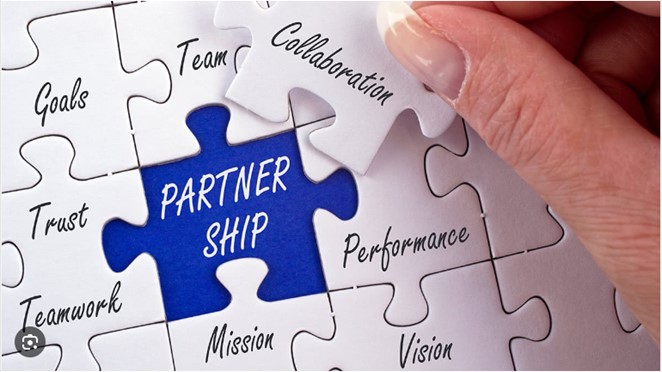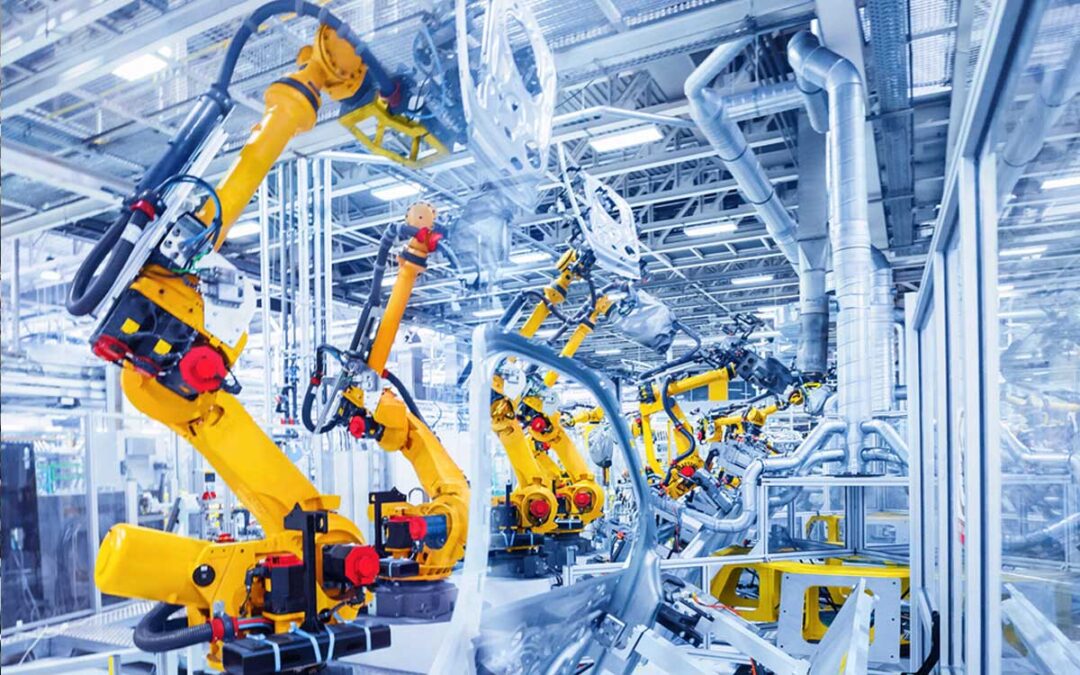Keeping Pace Through Continuous Improvement
According to McKinsey’s recent survey of users at major industrial manufacturers1, organizations with successful automation efforts are more likely than others to designate automation as a strategic priority. When asked about their companies’ primary reasons for adopting automation technologies, these respondents are more likely than others to say automation was defined as a priority during the strategic-planning processes or required to keep pace with competitors.
Defining Methodologies To Improve
Each use case needs to be evaluated on its merits by answering tough questions like:
- What are the shortcomings of our existing process?
- What can we do better and what must we do better?
- Is our process preventing us from being as competitive or innovative or efficient and profitable as newer technology?
After all, changing is hard, right? But it becomes easier when we’ve got a well-practiced methodology that we build into our business culture. LEAN, Six Sigma, Kaizen, ISO Certifications, Feasibility Studies, Prototyping, Pilot Testing, and Key Performance Indicators all help define best practices for continuous improvement.

Using New & Innovative Tools
Standardized software tools are available for process modeling and simulation. We have edge devices with Digital Twins to track machine performance online in real time against industry standard benchmarks. Information dashboards show management teams what Overall Equipment Effectiveness is and how it can be improved. Combining these tools with the Five Whys of Kaizen provides an easy means to investigate and evaluate the limitations or downside of NOT changing.

Constantly Assessing & Reassessing
Implementing a process for continuously identifying risks to worker safety for existing and new equipment as well as the environment, imminent and long term, are why we have EHS specialists and rely on their input.
Quantifying The Cost-Benefit
Analyze costs—including acquisition, site preparation, energy usage, training for operators and maintenance techs, installation, startup, and availability of resources for after-market support.
Embracing The Challenge
The rate of change of new technology continues to accelerate—and it’s a constant challenge to keep up. Systems that were designed for twenty-year life are now being designed for five years or less, and flexibility is a priority.
Successful businesspeople realize they need to have a scheduled process to review. I applaud Nissan for sponsoring an annual Innovation Summit to learn and discuss the latest developments in manufacturing technology. Meeting and talking to suppliers is an excellent way to stay on top of the latest trends—and share experiences good, bad, or otherwise. We’ve all experienced issues with unexpected changes in our user interfaces—think automatic iPhone or MS Outlook updates, for example.

The challenge is sorting through the hype to understand the real value of any updates—a daunting task, made even more so when deciding on changing over to a newer or different platform with potentially more beneficial technology.
Eliminating The Dirty, Dull, & Dangerous
Examples include deciding whether it’s better to use people versus robots—are the tasks Dirty, Dull, or Dangerous? Are we able to keep workers engaged, fit, healthy, and happy? Why is our turnover higher in any given area? Will these processes require hard tooled cells with fencing, or can collaborative robots meet our production goals working alongside and interacting with people?

Is machine vision capable of solving the task at the required speed, or does it still require human intervention? Are tactile sensors needed or can it be solved non-contact? Hard wired communications versus wireless? All new technologies take time to evolve and become stable and reliable—but we’re all enjoying their many advantages.
Analyzing Data Using Artificial Intelligence
Artificial Intelligence is using software algorithms and neural network models to analyze data—and we can now do it faster than ever. Data from the plant floor allows systems to learn and decide how to schedule maintenance, replace parts, re-order raw materials, and optimize production—decisions previously made by people are now routinely being given over to computer software.

Predicting The Future
Industry 4.0 extends predicting demand based on order history, supply chain performance, economic indicators based on world events and social trends.
As sexy and exciting and powerfully capable AI is at delivering tremendous gains in efficiency, it’s still fraught with misinterpreting the available data. A corollary to this is Moore’s Law and the doubling and quadrupling of chip speeds and thruput. A recent paradigm shift for industry is how updating control software involved updating hardware systems, as well. Higher definition graphics using advanced speech recognition and 3D visualization tools, augmented reality with real time simulation, and now–built in predictive analytics–each adoption forced us to upgrade our hardware to run the latest programs and apps.
Shifting Paradigms – Hardware Is Outpacing Software
Developers and programmers are now racing to catch up with the capabilities and processing speeds of the latest chips and available memory. Exciting times, for sure—robots not only see like humans, but also feel using tactile sensors, and very soon—will respond emotionally. Try cursing at Siri or Alexa, for example, you’ll see what I mean. Will we be acting Politically Correct around our bots, asking their opinions, and treating them like colleagues?

Drawing Conclusions
Bottom line—we still need to make adoption decisions on a case by case basis, and AI tools will provide huge benefits to speeding up those decisions by helping us evaluate available options faster.
Objective guidance from application experts who have been there, done that, will remain invaluable. Consulting with people who have experience across numerous hardware and software platforms like we’re doing here this week. And partnering with vendors who are willing to share in the risks and payoffs as co-owners from conception to implementation: “It’s our baby from birth out into the wild”2. Automation technology, as amazing as it is, and as awesomely capable as it’s becoming—still relies on people for successful migration decision making—including deciding to stick with what you have until we’re all confident to proceed.

This post was originally presented as a paper at the Nissan Manufacturing Innovation Summit 2024 by Mike Lynch.
Future Outlook: At what point should businesses decide to wait for more mature, stable technologies before automating certain processes?
1. McKinsey Global Industrial Robotics Survey, Jan 6, 2023
2. Ten Factors To Help You Evaluate a New Technology

